How Jesus Christ was Crucified: The crucifixion of Jesus Christ is one of the most significant events in Christian theology and history. This pivotal event, which occurred around AD 30-33, is central to the Christian understanding of redemption and salvation. The crucifixion of Jesus is described in the four authentic gospels—Matthew, Mark, Luke, and John—each providing a unique perspective on the events leading up to and including Jesus’ death.
Historical context of how Jesus Christ was Crucified
To fully understand the crucifixion, it is important to consider the historical and political context. Jesus was crucified in Judea under Roman rule, a region characterized by political instability and religious tension. The Roman Empire, which controlled Judea, was known for its harsh methods of punishment, and crucifixion was one of the most brutal forms of capital punishment. It was usually reserved for slaves, rebels, and the most serious criminals.
The judgment of Jesus
The events of the crucifixion began with the arrest of Jesus. According to the Gospels, Jesus was betrayed by one of his disciples, Judas Iscariot. Judas identified Jesus with a kiss to the Roman soldiers and temple guards, leading to Jesus’ arrest in the Garden of Gethsemane.
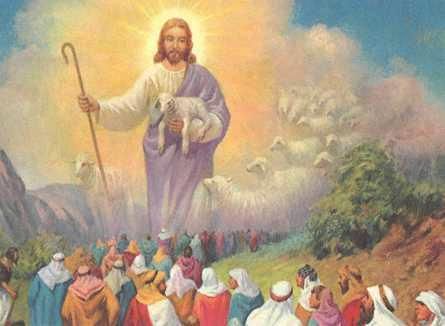
After his arrest, Jesus was brought before the Sanhedrin, the ruling council of Jewish elders, and charged with blasphemy. According to the Gospels, Jesus was accused of claiming to be the Son of God, a charge that was seen as blasphemous by the Jewish authorities. The Sanhedrin found Jesus guilty and sentenced him to death, but since they had no authority to execute anyone, they handed him over to the Roman governor, Pontius Pilate.
Pontius Pilate was the Roman official responsible for maintaining order in the region. Although he initially found no fault in Jesus and was reluctant to execute him, Pilate eventually yielded to pressure from the Jewish leaders and the crowd. According to the Gospels, Pilate offered to release a prisoner as part of the tradition of the Passover festival, hoping to free Jesus. However, the crowd chose to release the notorious criminal Barabbas instead of Jesus. Pilate then reluctantly agreed to crucify Jesus.
The way to Golgotha
After his condemnation, Jesus was subjected to severe physical abuse. He was flogged with a whip into which pieces of bone and metal were embedded, causing deep wounds. The Gospels describe how Jesus was mocked and crowned with thorns, a symbol of his supposed kingship.
Jesus was then forced to carry his cross to the place of execution, known as Golgotha or Calvary, meaning “place of torture”. The journey to Golgotha was painful and symbolic of Jesus’ endless suffering. According to the Gospels, Jesus was too weak to carry the cross himself, and Simon of Cyrene was forced to help him carry it.
Crucifixion
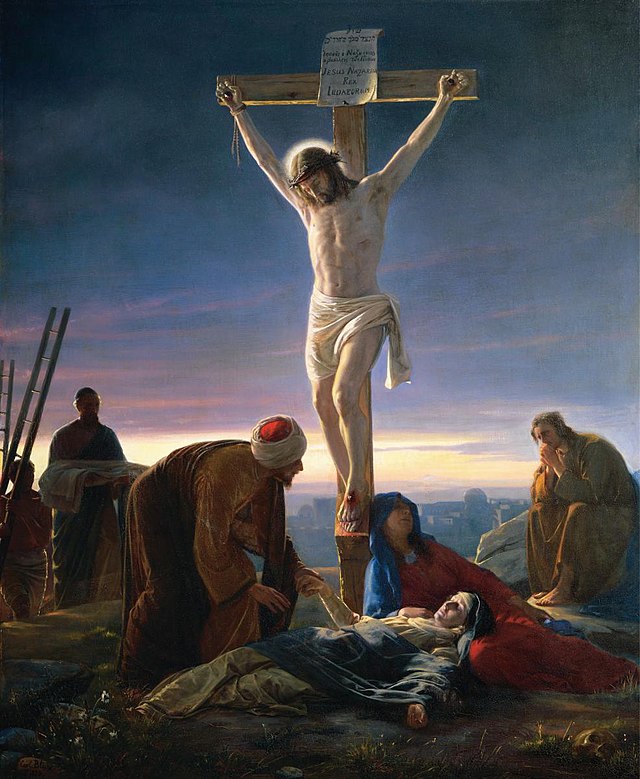
On reaching Golgotha, Jesus was crucified. The crucifixion involved driving large nails through Jesus’ wrists and feet, a procedure designed to prolong suffering and ensure a slow, painful death. The cross was then erected, leaving Jesus hanging in a position that made breathing extremely difficult.
The crucifixion took place in a public space, and Jesus was placed between two criminals who were to be executed. A sign was placed over Jesus’ head, reading “Jesus of Nazareth, King of the Jews”, written in Hebrew, Latin, and Greek. This inscription was meant to mock Jesus’ claim to kingship but also referred to the charges for which he was executed.
During the crucifixion, Jesus made several statements recorded in the Gospels. These include his plea for forgiveness for those who executed him, his assurance to a criminal that he will be with him in Paradise, and his final declaration of abandonment, “My God, my God, why hast thou forsaken me?”
The Death of Jesus
The Gospels describe various supernatural events that occurred during and after Jesus’ death. According to the account, there was darkness over the land for three hours and the veil of the temple was torn in two, indicating a profound theological change. Some reports also mention earthquakes and the resurrection of many holy people who had died.
Jesus’ death marked the end of his earthly ministry. After he died, a Roman centurion declared, “Surely this man is the Son of God”, acknowledging the extraordinary nature of Jesus’ death.
Burial and Resurrection
After Jesus’ death, his body was taken down from the cross and placed in a tomb owned by Joseph of Arimathea, a wealthy and respected member of the Jewish council. The tomb was sealed with a large stone and guarded by Roman soldiers to prevent any tampering.
The resurrection of Jesus, which occurred on the third day after his crucifixion, is a cornerstone of the Christian faith. According to the Gospels, Jesus rose from the dead, appearing to his disciples and followers for forty days before ascending to heaven. The resurrection is celebrated by Christians as the triumphant recognition of Jesus’ divine nature and the promise of eternal life for believers.
Significance
The crucifixion of Jesus Christ carries deep significance for Christians. Theologically, it is seen as the ultimate sacrifice for humanity’s sins. Christian doctrine teaches that Jesus’ death served as an atonement for humanity’s sins, providing redemption and reconciliation with God. The crucifixion and subsequent resurrection are seen as the fulfillment of Old Testament prophecy and the foundation of the Christian faith.
The crucifixion is commemorated annually by Christians around the world on Good Friday, part of the Holy Week leading up to Easter, which celebrates the Resurrection. The event has been a central focus of Christian art, liturgy, and theology throughout history, symbolizing the depth of God’s love and the hope of salvation.
In summary, the crucifixion of Jesus Christ is an important event that has shaped Christian belief and practice for centuries. It is not just a historical event but represents a profound spiritual truth that continues to inspire and challenge believers around the world.
Read Also: Fact Behind the Resurrection of Jesus Christ
![]()

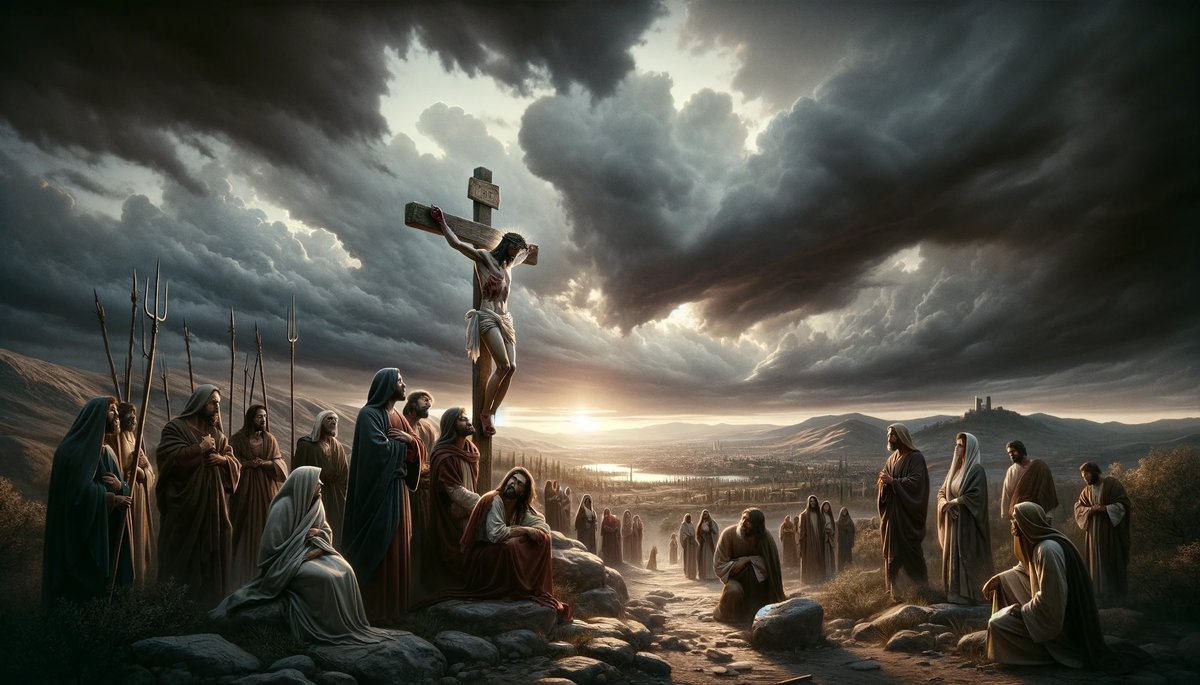
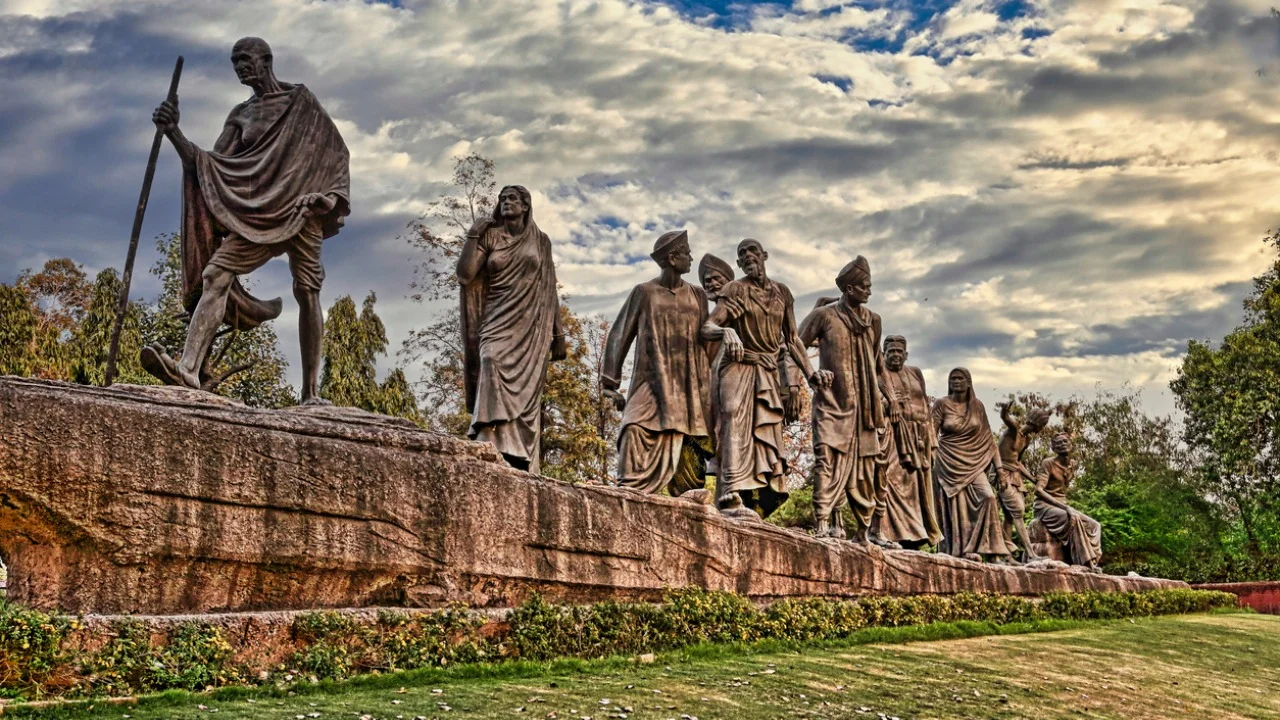


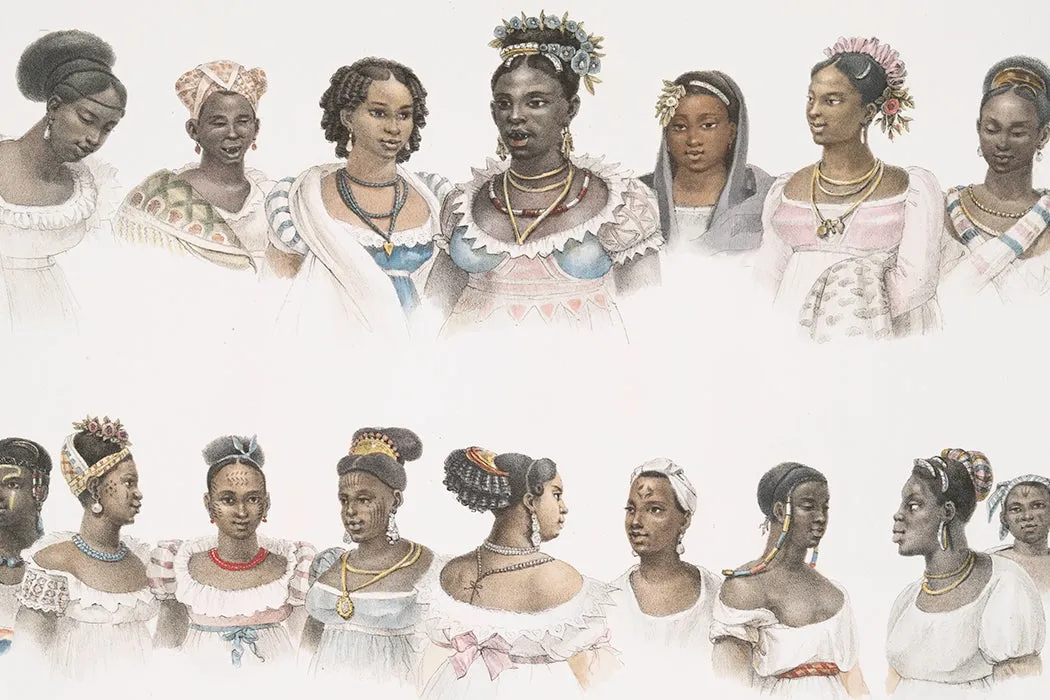
2 thoughts on “How Jesus Christ was Crucified”